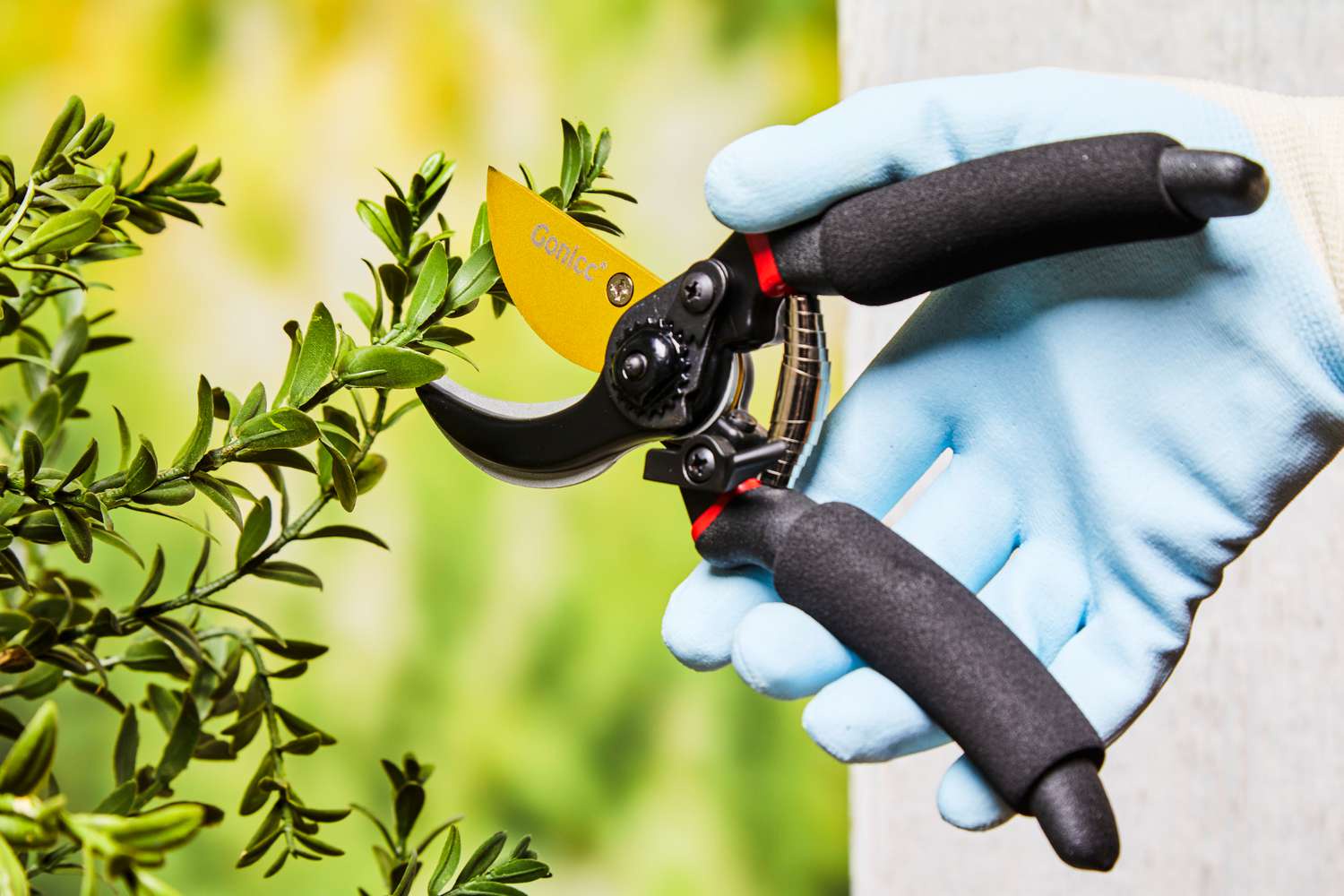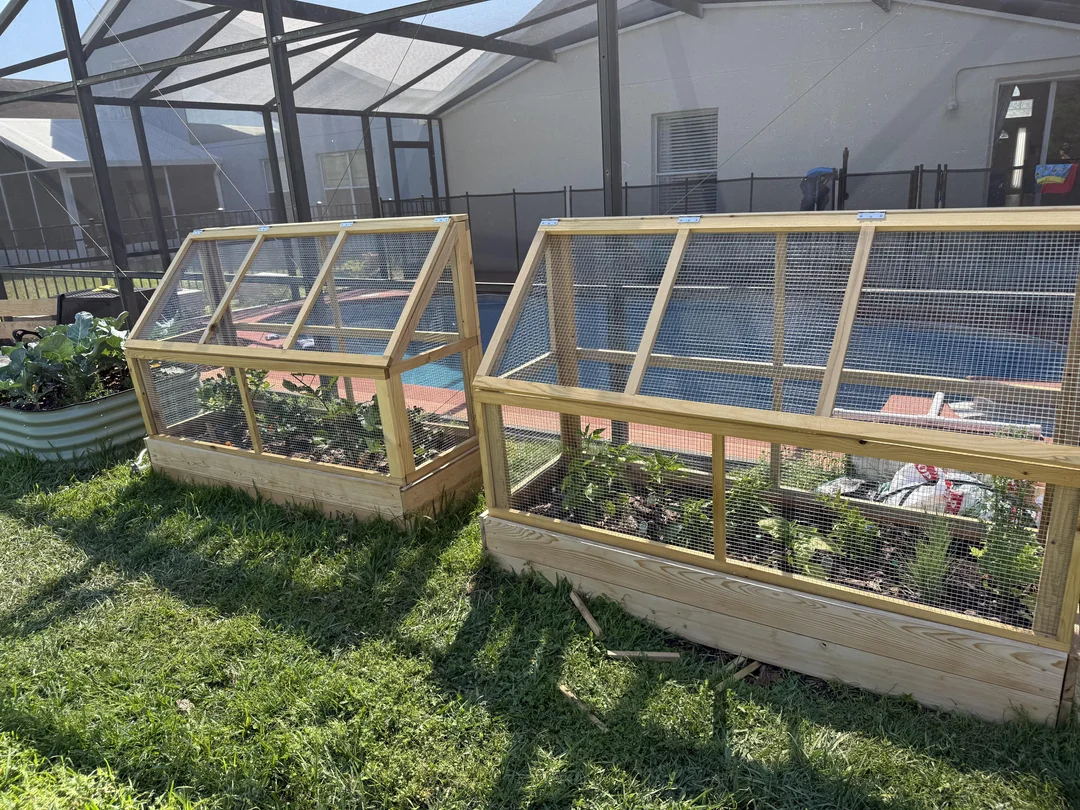Pruning shears that make clean cuts are essential for healthy plants and comfortable gardening. These shears not only aid plants’ healing but also alleviate hand strain. The ideal pruners will produce even cuts without crushing or tearing the stem or bark, providing optimal results and reduced stress on both hands.
The ARS VS-8Z pruners are lightweight yet sturdy, featuring a sap groove to prevent sticky grime accumulation and an easy open/close mechanism.
1. Fiskars 6689 Ratchet Pruner
The ideal garden hand pruners must withstand regular use with ease and be capable of cutting through firm plant material with precision, so their material construction must be of top quality.
The Fiskars 6689 Ratchet Pruner is an impressive piece of machinery, garnering much praise due to its superior performance and durability. It is specifically designed to reduce strain on hands, making it suitable for those suffering from arthritis.
Ratchet design increases force with each squeeze, so you can power through tough stems and branches without becoming fatigued. Its blade is fully hardened and precision ground for sharp cutting edges; low-friction coating enhances cutting while preventing sap buildup; durable steel exoskeleton with rugged Dura Frame handles provides long-term use; lifetime warranty is included! Ideal for pruning trees, hedges, shrubs.
2. KOTTO Pruners
These pruners feature razor-sharp blades that cut effortlessly through stems and branches like hot knives through butter. Their clean cuts, user-friendliness, and durability make these pruners very impressive tools, while the soft touch handle made of PP + TPR plastic provides comfort during extended use.
This pruner can be used with either hand and is available with multiple cutting diameter options. It features a sap groove to keep sticky debris off its blades and an excellent wire-cutting notch, plus it has an integral shock absorber to cushion wrist strain and reduce strain.
These pruners are an ideal option for anyone who regularly prunes. While more expensive than some other models we tested, their quality makes up for any costs involved – they are lightweight yet sturdy and require very minimal upkeep – just remember to wipe down blades after every use and sterilize periodically while regularly oiling moving parts to ensure smooth operation.
3. Corona ClassicCUT Pruner
Pruners that can create straight, clean cuts will allow plants to recover more quickly while protecting them from insects and diseases. Furthermore, using such pruners should require minimal force from you so as not to leave you sore afterwards – the best ones have consistently cut twigs, small branches and even thicker woody growth with ease.
Corona ClassicCUT Pruners are constructed of steel for maximum strength and precision, featuring an all-steel blade and hook that has been hand-matched for strength and precision. Their handles, chassis and blade come together seamlessly thanks to MAXForged process technology.
Make sure your chosen knife features a spring-like system between its two handles that pushes them apart when you relax your grip, thus relieving strain and helping you cut more with less effort, as well as protecting the cutting head and blade from being damaged during regular use. Furthermore, choose quality stainless or carbon steel blades which stay sharp over time and resist corrosion.
4. Okatsune Pruner
Okatsune pruners represent the perfect blend of excellence in pruning tools: razor-sharp blades, an intuitive design for ease of use and robust yet lightweight construction. Their exceptional quality can be seen through Izumo Yasugi steel’s Rockwell hardness range of 60.0-61.0 which enables cutting blades to remain razor sharp, creating clean cuts without damaging plants.
These blades easily cut swiftly and evenly through ficus branches up to an inch thick in our original test, leaving only minimal torn bark and smooth cuts behind. Furthermore, Japanese professionals highly recommend them as an art form of pruning.
Red and white handles make these toolbox essentials easy to spot, representing happiness in Japan. To keep their razor-sharp edge sharp, clean and oil them after every use and store in a moisture-free environment with all cutting blades closed before storing in an Okatsune 412 whetstone; alternatively you may grind them if blade alignment starts deteriorating over time.


